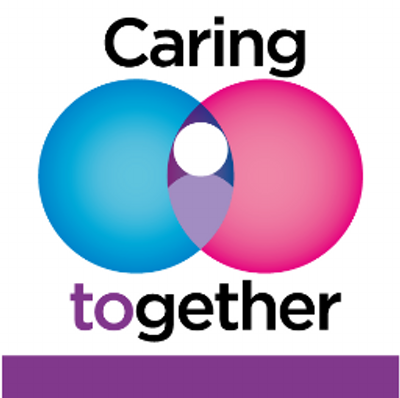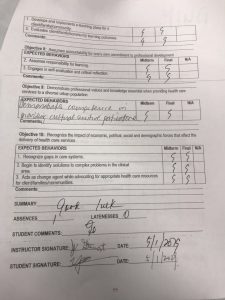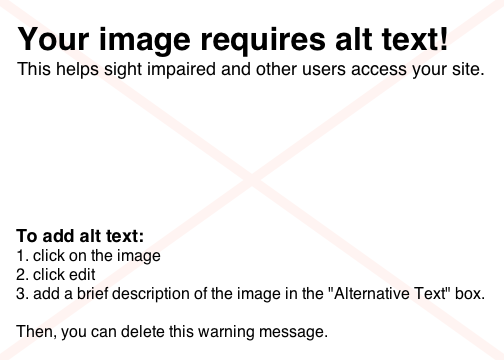Narrative Self-Reflection of Healing the Body through Visual Art
Section1: Participation, Strength and Collaborative Work of
A Group Project
I have been enjoyed the brainstorming group communication with other non-nursing students because it gave me the opportunity to learn from each group member’s insights, regarding our presenting topic of the human immunodeficiency virus. Luckily, all group members actively expressed their ideas. I utilized my leader role to assert the layout of our presentation. Group members then picked areas of interest and initiated the process of researching related artwork. I mentioned to group members that I would present the web of causation slide as well as the biological influences factor. The group still needed two more people to take ownership of the editing and introduction. Mahdia stated to take the editor role, Jane introduced the technology of Google Drive power point to let everyone see the flow of the group process, and Nurys stated she would take the responsibility of the introduction slide.
At the beginning of the second group discussion, Sagine expressed her difficulty in finding culturally related artwork to present the HIV topic. I stated to Sagine that culture has a strong connection with the stigma of HIV. Then Jane, Nurys, Mahdia and I started the artwork research with Sagine to look for matching artworks. Sagine found Haring’s artwork of “Ignorance equals to Fear” matched the cultural stigma factor of the HIV topic. I chose the artwork of “ I have AIDs Please Hug me” from the organization of Center for Attitudinal Healing to express the innocent of HIV-infected children and the emotional trauma they are suffered from the social stigma. In addition, I chose Richard Hofmann’s artwork of “Six Figures” to reflect the stigma he received as an HIV carrier. Mahdia used a contemporary portrait called “Democracy” that was created by Wojnarowicz in 1990 to reflect the environmental influence in HIV. It expresses HIV patients’ social injustice from stigma such as employment discrimination, limited healthcare access, poor education and so on. Nurys chose Johannesburg’s artwork of “Time to Act” to express HIV patients’ treatment, care, and support needs. Jane chose Plastic Jesus’s “Heroin Shooting Oscar Status” to reflect the influences of individual lifestyle factor related to the HIV disease.
The strength of the project gave each student a hands-on experience in connecting public health with the visual aspects of art, and experienced artists and patients’ insights to promote the utilization of art’s ability to heal. In addition, several group members expressed they have studied art history and now saw connections between art and mental health. During group discussions, I saw there was significant cohesion within my assigned group. Each member responded fast to contribute to ideas when there was one member expressing difficulties. Meanwhile, utilizing each member’s skillset helped the project go smoothly. For example, I asked technical questions to Jane and Mahdia when I was having difficulty. Sagine and Mahdia asked for my insights related to their portion of HIV disease. Our respectful and smooth collaboration improved my communication skills and helped to practice the leadership skills that I learned from a nursing course in the past summer.
Section 2: Course Feedback
From Dr. Brown’s lectures, she introduced us to the history of medicine starting from the Egyptian Father of Medicine, Hippocrates, and the portrait of human body dissection by Andreas Vesalius in the sixteen century. Vesalius presented the human body through visual art, enabling the public to understand diseases from a vivid aspect. I was impressed after watching a video that implanted electrodes array into a human’s brain to assist the brain in communicating with an individual’s fingers through a prosthetic arm. Even though this sophisticated technology is still considered experimental, I felt happy to see disabled populations have hope in regaining normal sensations in the future. This is an example of utilizing visual technology in medicine for holistic healing. Dr. Egues’ lectures taught me the power of visual art in psychological healing through religious, spiritual and health aspects. For example, Matthias Grunewald’s oil painting in C. 1512 to 1516 depicted a male with mental illness battling with illustrated evils through a conversational scene. Visual art provides the public with an opportunity to be transformed and to empathize mentally ill populations’ insanity and provides a powerful tool for mentally ill people to express their emotions. Through the sexual transmitted diseases lecture, I gained an insight that fighting against epidemiological diseases falls into an individual’s responsibility, which should start from community health promotion. In sum, I have learned that the visuality of art not only educates the public in epidemiological diseases but also raises an individual’s awareness, thus promoting public health from a community setting.
Section 3: Sessions Connections
I realized that the course is connected through the development of visual art, such as Egyptian drawings from the thirteen-century to modern visual art that can be applied to today’s medicine, mental health, and global epidemiological diseases. For example, the visuality of art began to shape the public’s medical knowledge of the human body with paintings such as the Venetian Broadside’s deformed child in 1578. The sessions were introduced by describing how technology development assisted human beings to battle epidemiological diseases. For example, John Snow applied his drawing skill into a self-designed map in order to pinpoint the contaminated water from the Cholera outbreak of 1854 in London. Combining his medical knowledge as a British physician, Snow used his drew map to end the Cholera outbreak. Toward the end of the semester, the coloring project provided students an opportunity to experience the power of art by expressing individual’s emotions, gaining empathy for mentally ill populations’ physical and mental pain based on our own interpretations. Thus, The semester’s weekly sessions were well connected as they provided a historical perspective of visual art that was integrated with analysis on medical, mental and epidemiological diseases aspects.
Section 4: Seeing Art in Therapy and As Therapy
I have learned rich histories in the development of visual art that applies to fight epidemiological diseases and mental illness. Various formats such as painting, photography, comics, and coloring can all be used as tools for self-expression and health care assessment and communication. I also gained valuable leadership skill that I can apply to my nursing care. For example, I practiced leadership skills during the group project. I utilized asserted communication skill in arranging group work and learned to assign group members with individualized tasks according to their expertise. I also experienced the power of art in providing mental therapy through the coloring project. I not only gained insights into mental ill populations’ suffering based on their explicit and abstract portraits but was also inspired to utilize artwork in the future to communicate and provide individualized therapy for each patient I will be entrusted to care for.
I interpret “art in therapy” as focusing on an individual’s holistic healing. Through various formats such as drawing a picture or listening to music, an individual can grieve, release stress, express deep emotions and even distract oneself from physical pain. For example, Frida Kahlo’s painting called “Without Hope” explicitly portrayed her own experience in being forced fed by her physician. Besides visualizing her physical suffering through art, observers can also feel her helplessness and anger, which was her message to gain public attention and help. This is an example of art in therapy to heal an individual holistically by expressing physical, emotional and spiritual distress. Thus, art in therapy is a method of intrapersonal communication. In contrast, I interpret “art as therapy” is a method of interpersonal communication in vary degree of settings. For example, increasing healthcare settings utilize more drawing as an intervention in assessing, communicating and delivering mental healing in pediatric and psychiatric units. Art as therapy also promotes public awareness in fighting epidemiological diseases such as lung diseases, opioid addiction, and human immunodeficiency virus disease. One example is the modern photography of a group of people walking on a public street with vivid cardiovascular arteries and veins painted on their bodies in order to promote awareness of cardiovascular health, which is one of the missions of the World Health Organization. In sum, art in therapy is a method of self-treatment that can be utilized and promoted by health care professions. Art therapy is a tool to promote public health and address social stigmas through the creative process.







